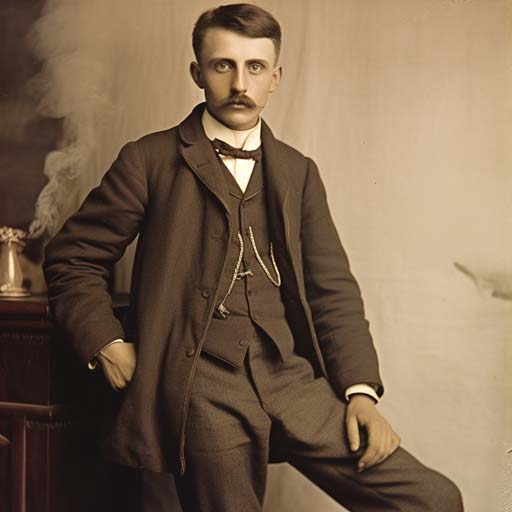
Vilgelm-Karl Purvit
/1872-1945/
Vilgelm-Karl Purvit (Vilhelms Purvītis) was a prominent Latvian painter and one of the most influential figures in Latvian art history. He is often referred to as the father of Latvian modernism. Born on February 3, 1872, in the town of Kuldīga, Purvit showed early artistic talent and pursued his passion for art by studying at the Imperial Academy of Arts in St. Petersburg, Russia.
Purvit was deeply inspired by the natural beauty of Latvia and became known for his landscape paintings, particularly his captivating depictions of Latvian forests, meadows, and coastal scenes. His works reflected a strong sense of national identity and a deep connection to the Latvian land and people.
As a prominent figure in the art world, Purvit played a significant role in establishing the Riga Art School (now known as the Art Academy of Latvia) and served as its first director from 1919 to 1944. He also contributed to the development of the Latvian National Museum of Art and actively promoted Latvian art internationally.
Purvit's artistic style evolved over time, starting with a realistic approach and gradually transitioning to more expressive and symbolic forms. His later works often showcased a harmonious blend of realism and abstraction, capturing the essence of the Latvian landscape in a poetic and contemplative manner.
Vilgelm-Karl Purvit's artistic contributions and dedication to promoting Latvian art left a lasting impact on the country's cultural heritage. His works are highly regarded and can be found in various art collections and museums both in Latvia and abroad. He passed away on March 14, 1945, leaving behind a rich artistic legacy cherished by generations of art enthusiasts in Latvia and beyond.